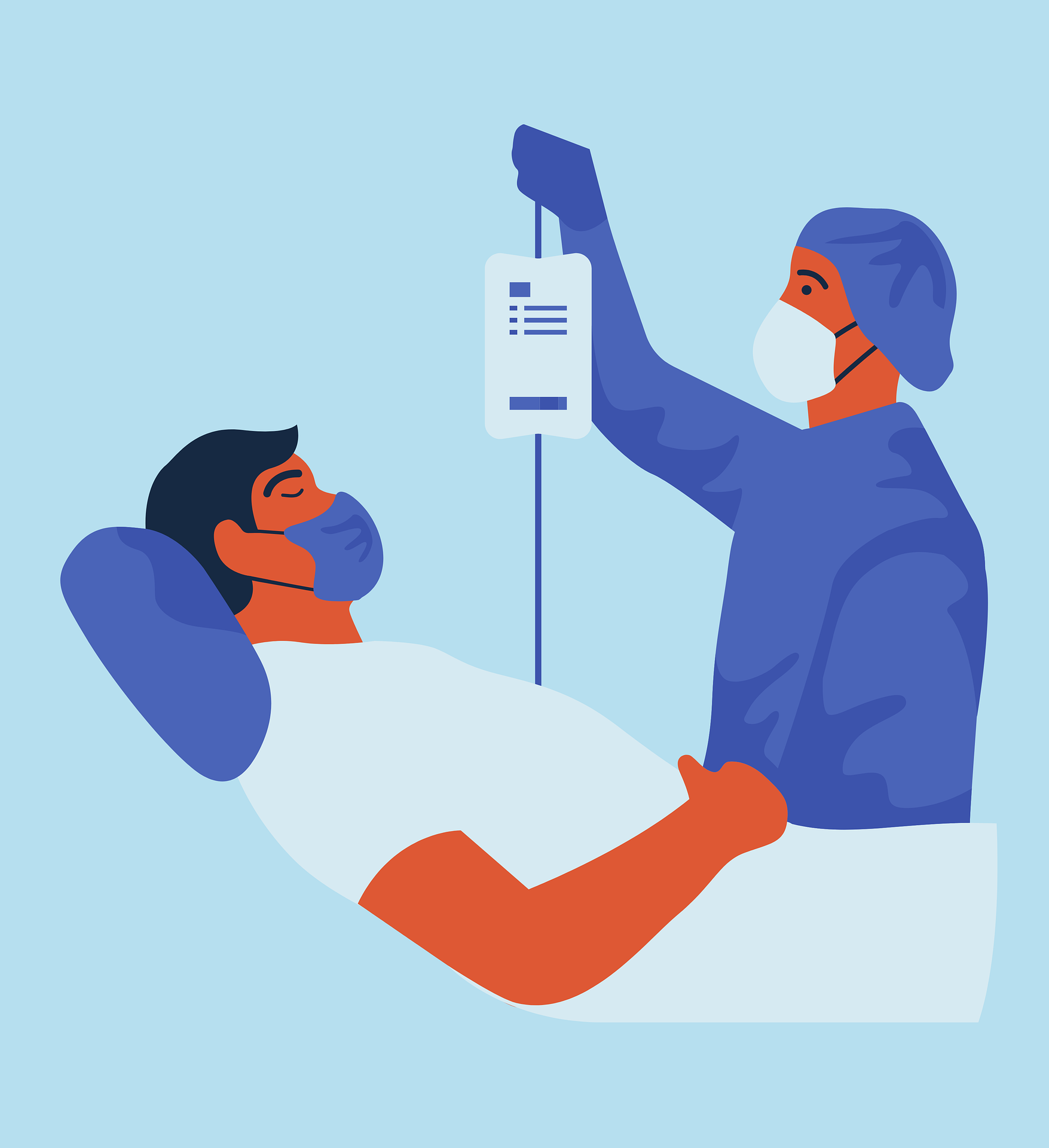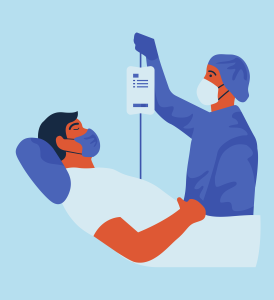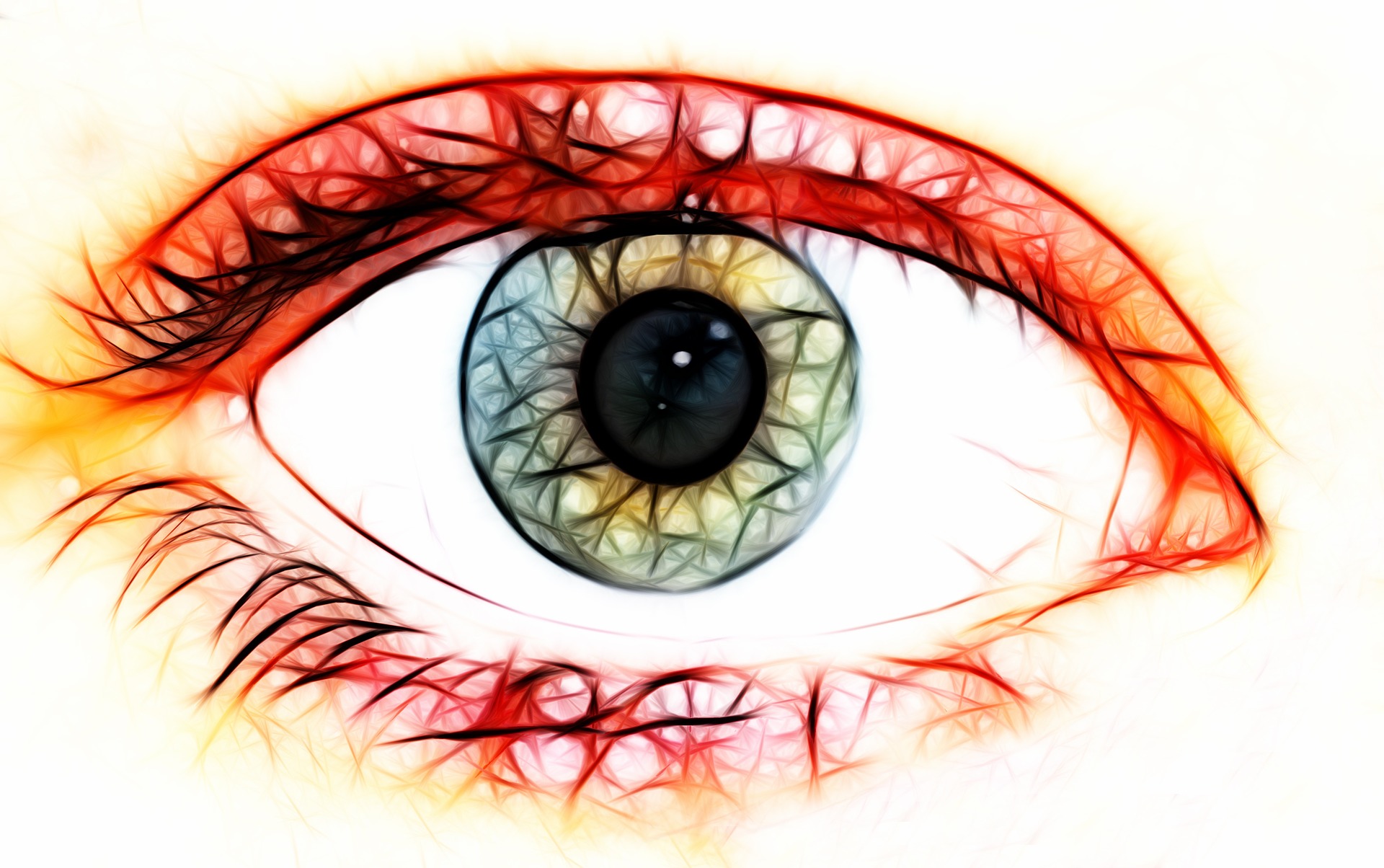
SICKLE CELL AND BONE MARROW (STEM CELL TRANSPLANT)
What is a bone marrow transplant?
In people with sickle cell disease, the bone marrow (the factory of the blood), makes red blood cells that contain haemoglobin S. This causes the problems associated with sickle cell disease. The goal of the transplant is to replace the cells that make haemoglobin S with cells that produce haemoglobin A.
To prepare for a bone marrow transplant, strong medicines (chemotherapy) are given to the patient to weaken or destroy the patient’s own bone marrow cells. This is done so that the patient does not reject the new blood cells coming from the donor.
The patient is then given bone marrow from the donor who does not have sickle cell disease. The donor has normal haemoglobin or sickle cell trait. The transplant is given like a blood transfusion through an intravenous tube. The new bone marrow makes red blood cells that are healthy because they do not contain a lot of haemoglobin S.
Who can be a bone marrow donor? There are three types of donors:
Matched related. A brother or a sister who has the same bone marrow type and the same mother and father who do not have sickle cell disease. Brothers and sisters are matched through a blood test called HLA typing.
Matched unrelated. Volunteers who have the same bone marrow type as the patient. Unrelated donors are identified through national organisations.
Haploidentical. Half-matched family members (usually a mother or father). This type of donation is considered experimental and is performed only as part of a research study.
Stem cells can be obtained from a donor’s bone marrow or peripheral blood (blood in the veins). In some cases, stem cells are collected from the umbilical cord at the time of birth. The cord blood can be stored for use in a brother or sister, or unrelated but matched cord blood can be obtained through a national or international cord blood registry.
What are the benefits of a bone marrow transplant?
Bone marrow transplant is the only treatment available today that can cure sickle cell disease. If the transplant is successful, the patient will be cured from sickle cell disease.
What are the possible risks of a bone marrow transplant?
Infections. Chemotherapy temporarily lowers the number of white blood cells, which normally fight and prevent infections.
This puts the patient at high risk of infections which can be caused by bacteria, fungi or viruses.
Medicines are given to prevent and fight these infections. However, some of these infections may not respond to the medications, although this is rare.
Graft-versus-host-disease (GVHD). This may happen when the immune cells of the donor sense that the patient’s cells are different and attack them. This can be a serious side effect of the transplant.
GVHD occurs in up to one in 10 patients who have transplants from related donors. It can be higher in transplants from other donors.
This condition can be acute (occurring less than 100 days from the transplant) or chronic (occurring more than 100 days after the transplant.
It may affect the skin, liver, lungs or intestinal tract of the patient.
Medicines are given to prevent or treat GVHD. These drugs may increase the patient’s risk of infection. However, the GVHD may not respond to these medicines and may lead to organ damage or even death although this is rare.
Graft failure. There is a one in twenty chance that the new bone marrow from the family member will fail to take. The chance of this is higher with other types of donors.
This means that the patient will not be able to make white cells, red cells or platelets. In this case the transplant will need to be repeated or stem cells collected from the patient prior to the transplant can be given back to the patient. This will restore the original bone marrow, which means that the sickle cell disease will come back.
Nutrition problems. The stomach and intestines are sensitive to chemotherapy. Nausea, vomiting, mouth sores, diarrhoea and loss of appetite may occur. The patient will be given nutrition through a nasal tube or through the veins until they are able to eat.
Low blood counts. The patient may require transfusions with platelets and red blood cells after receiving chemotherapy, while waiting for the new stem cells to make normal blood cells.
Infertility. Most patients who receive a transplant will not be able to have their own children in the future. This is a possible side effect of the chemotherapy, however there have been patients who were able to conceive children after having a transplant. If the patient has gone through puberty before having a transplant it may be possible to collect and store sperm/ovarian tissue prior to the transplant.
Social and emotional concerns. A bone marrow transplant is challenging for the patient and the family members. The patient’s routine will change for a while because they will be away from school, friends and relatives. The average time spent in hospital is six weeks although some patients may have to be in hospital longer if they develop complications.
What is required for a transplant?
A bone marrow transplant is recommended for children and young people with sickle cell disease who have significant complications of their disease such as stroke, abnormal transcranial dopplars, and frequent vasoocclusive crises despite the use of hydroxycarbamide. Two requirements must be met for the transplant to proceed.
The first is to identify the best donor. This is done by blood tests.
The second is to ensure that the patient and the donor are able to undergo the procedure. Both the donor and the patient have evaluations of the heart, kidneys, liver etc. In addition, interviews with a psychologist are important.
Is bone marrow transplant the only treatment for sickle cell disease?
Bone marrow transplant is the only cure for sickle cell disease at this time. Results of studies show that transplants from matched related donors offer a 90% (90 out of 100 patients) chance of cure. Other treatment choices are the drug hydroxycarbamide and red blood cell transfusions. These treatments lessen the complications of sickle cell disease but do not cure the disease.
Ref: https://www.evelinalondon.nhs.uk/
My book – HOW TO LIVE WITH SICKLE CELL: Sickle Cell and I (is now available on OkadaBooks and Amazon). Pls get your copy.








This information is paramount to me since it is my first time to know that sickle cell is cured.
Hello Dominic, I’m glad to hear you have found the information useful. I wish you well.